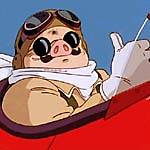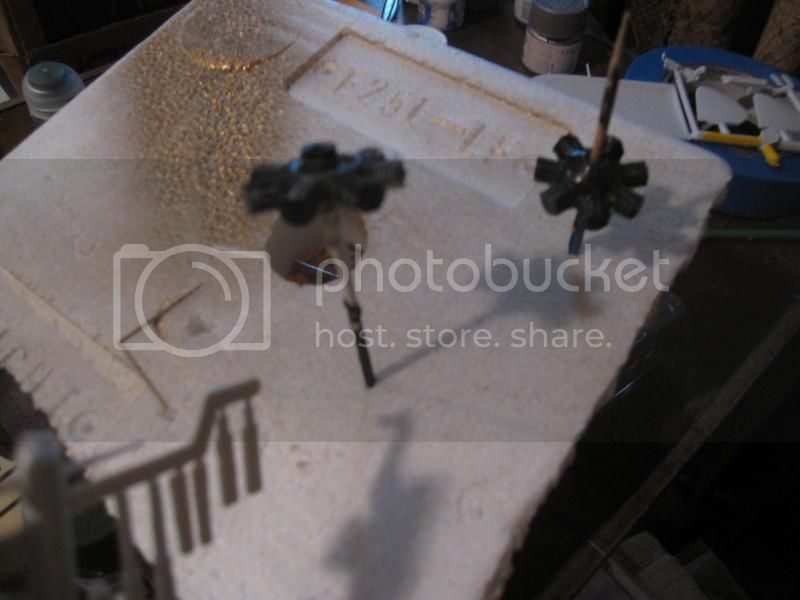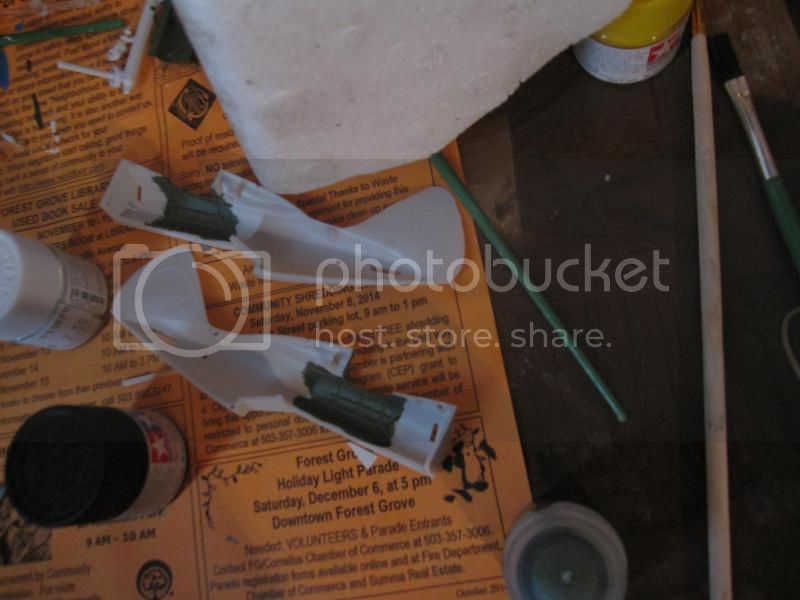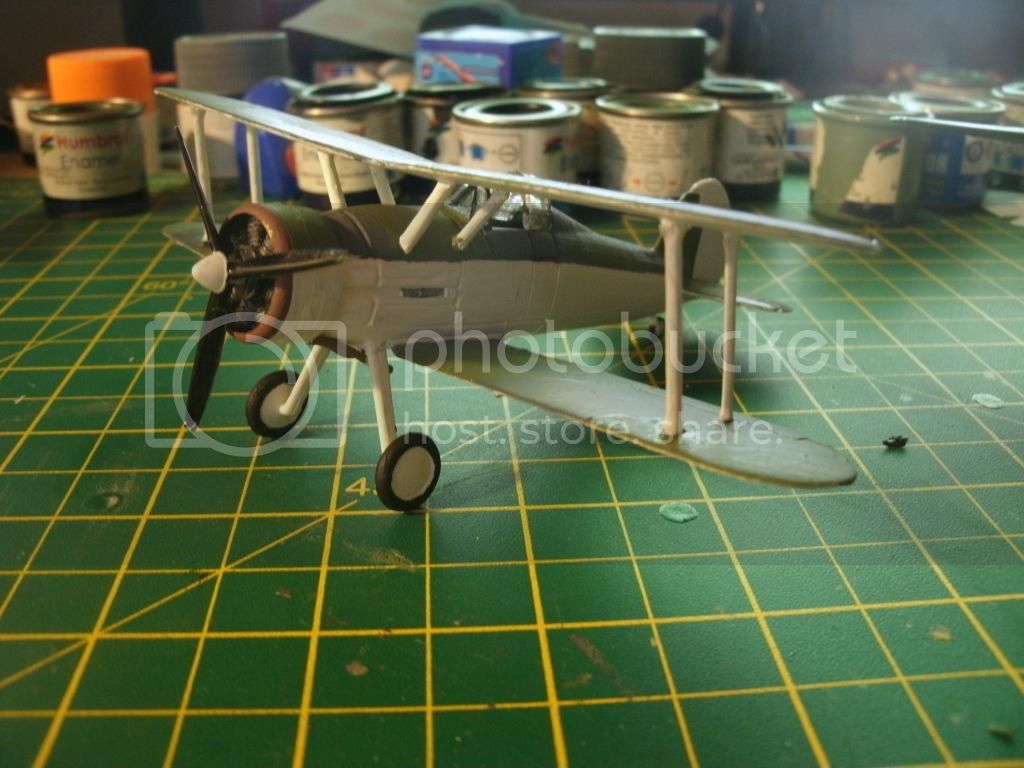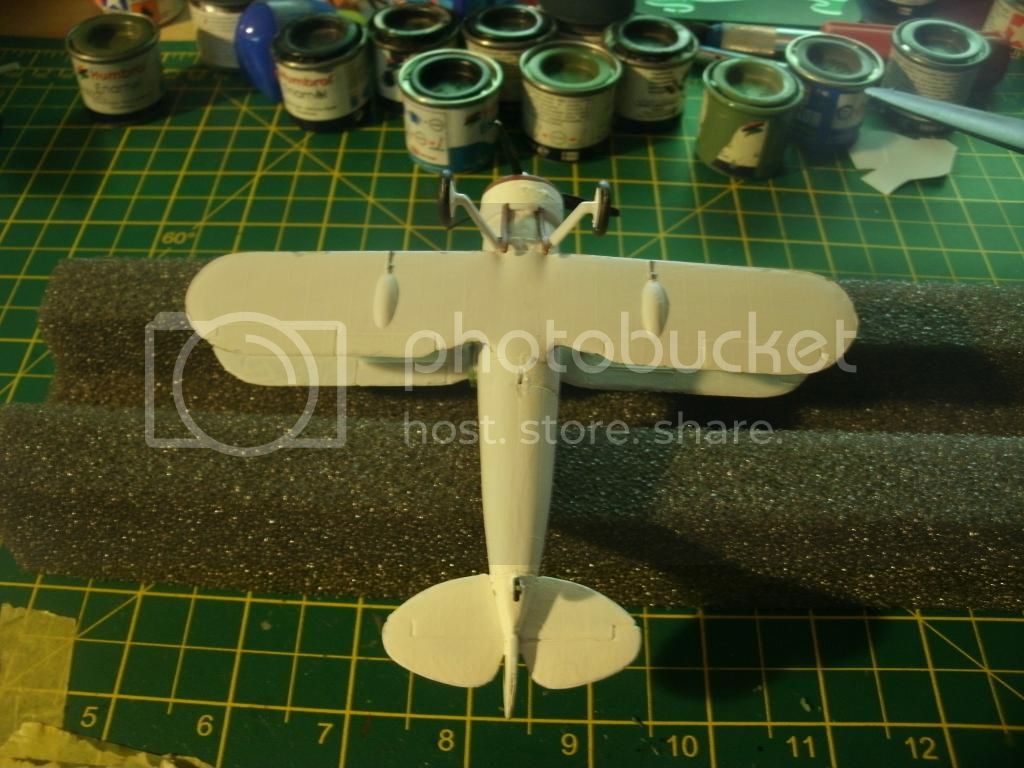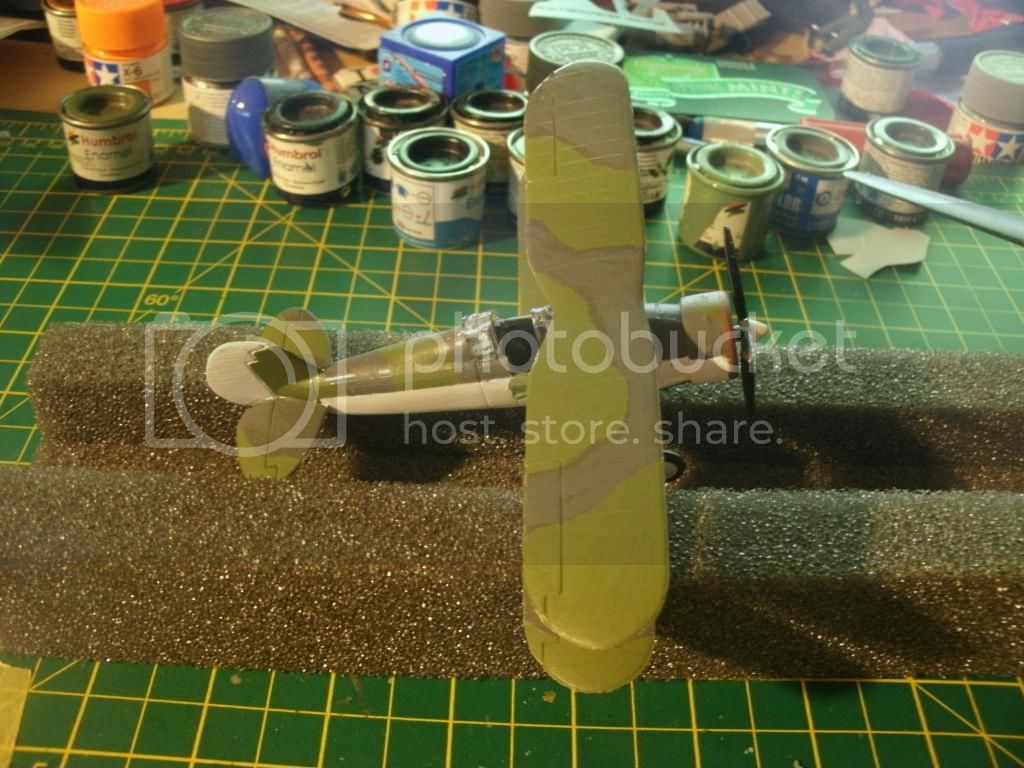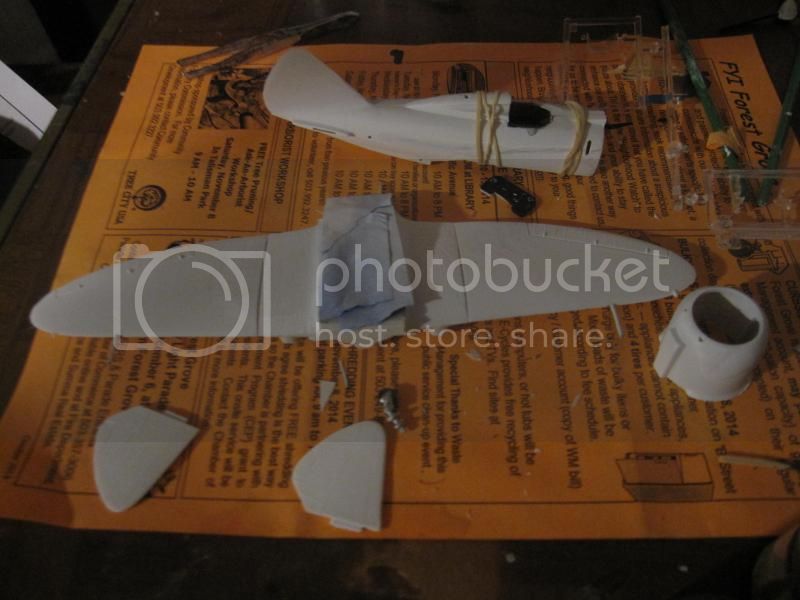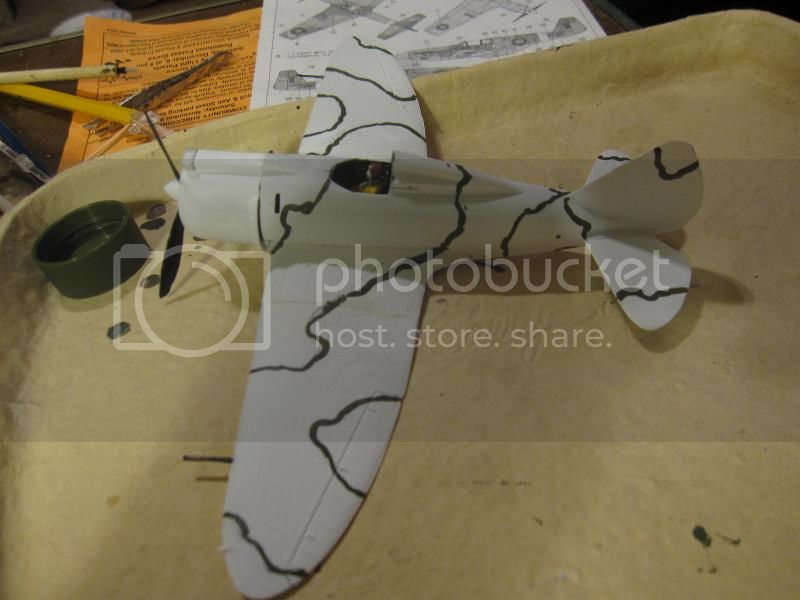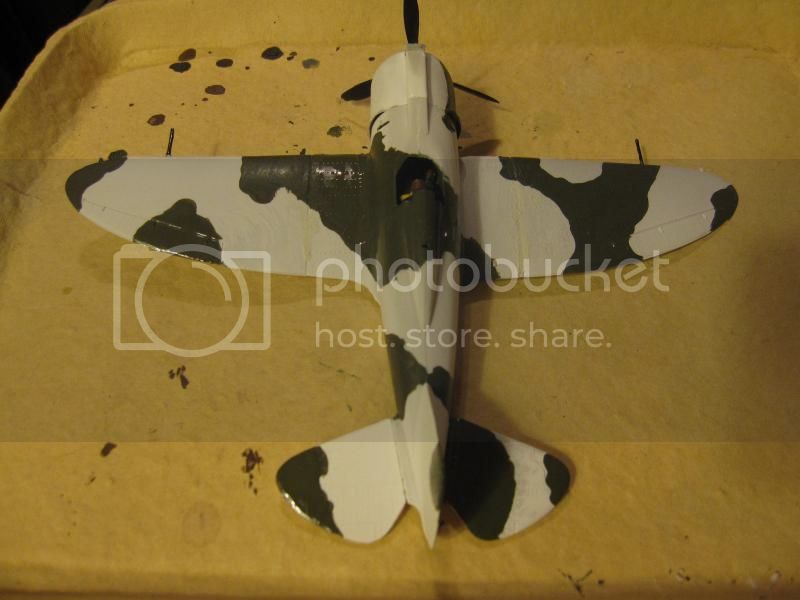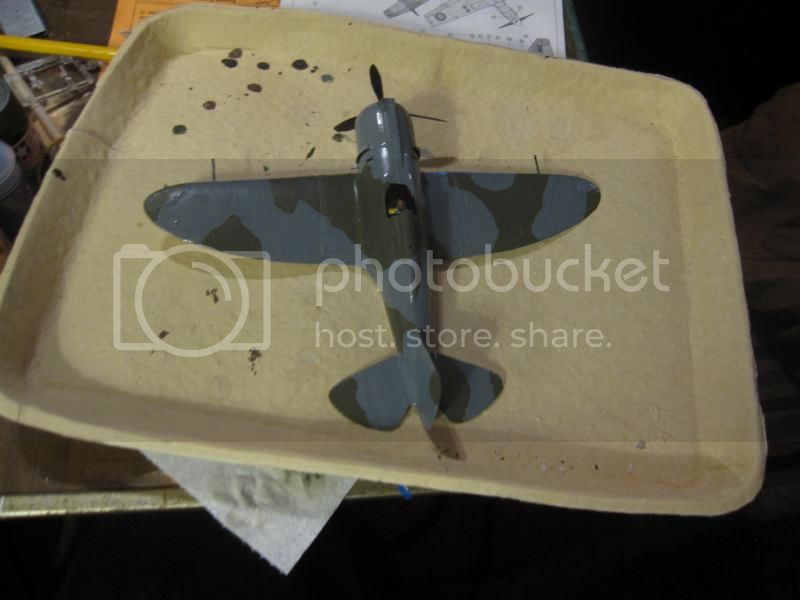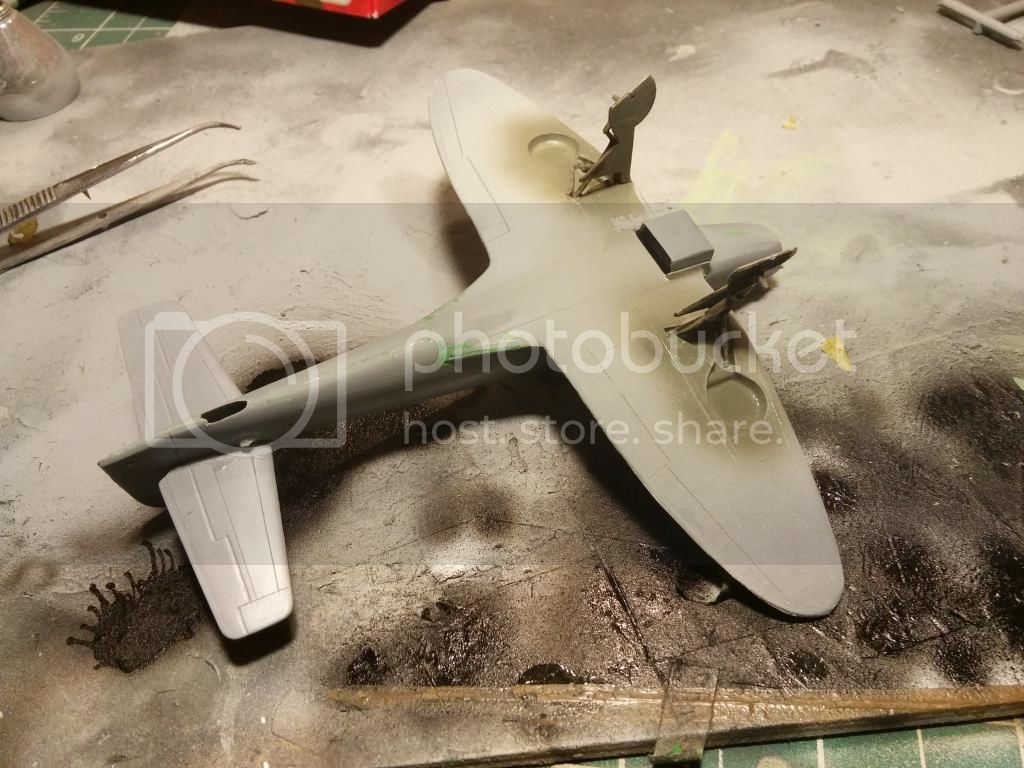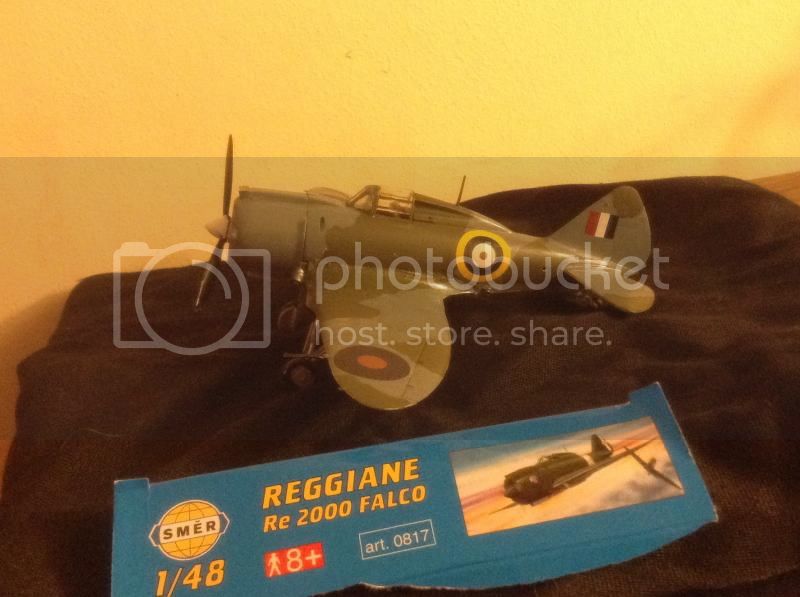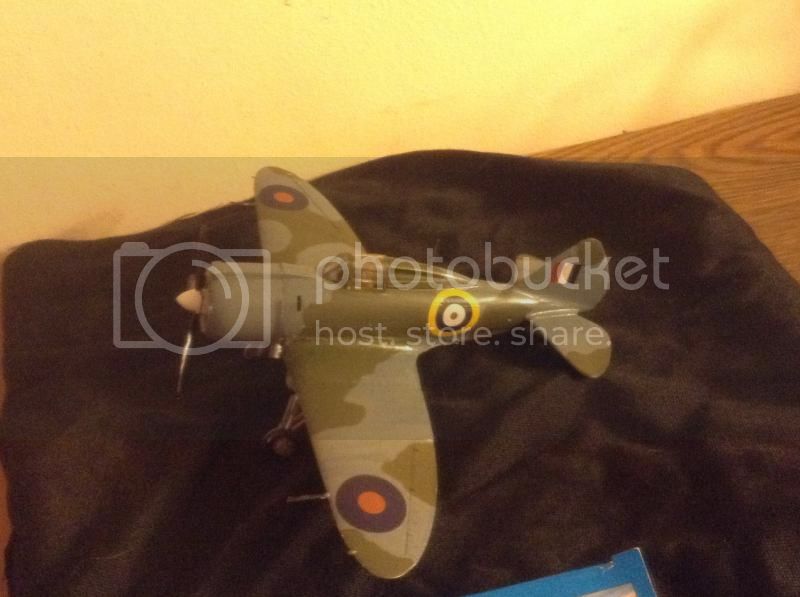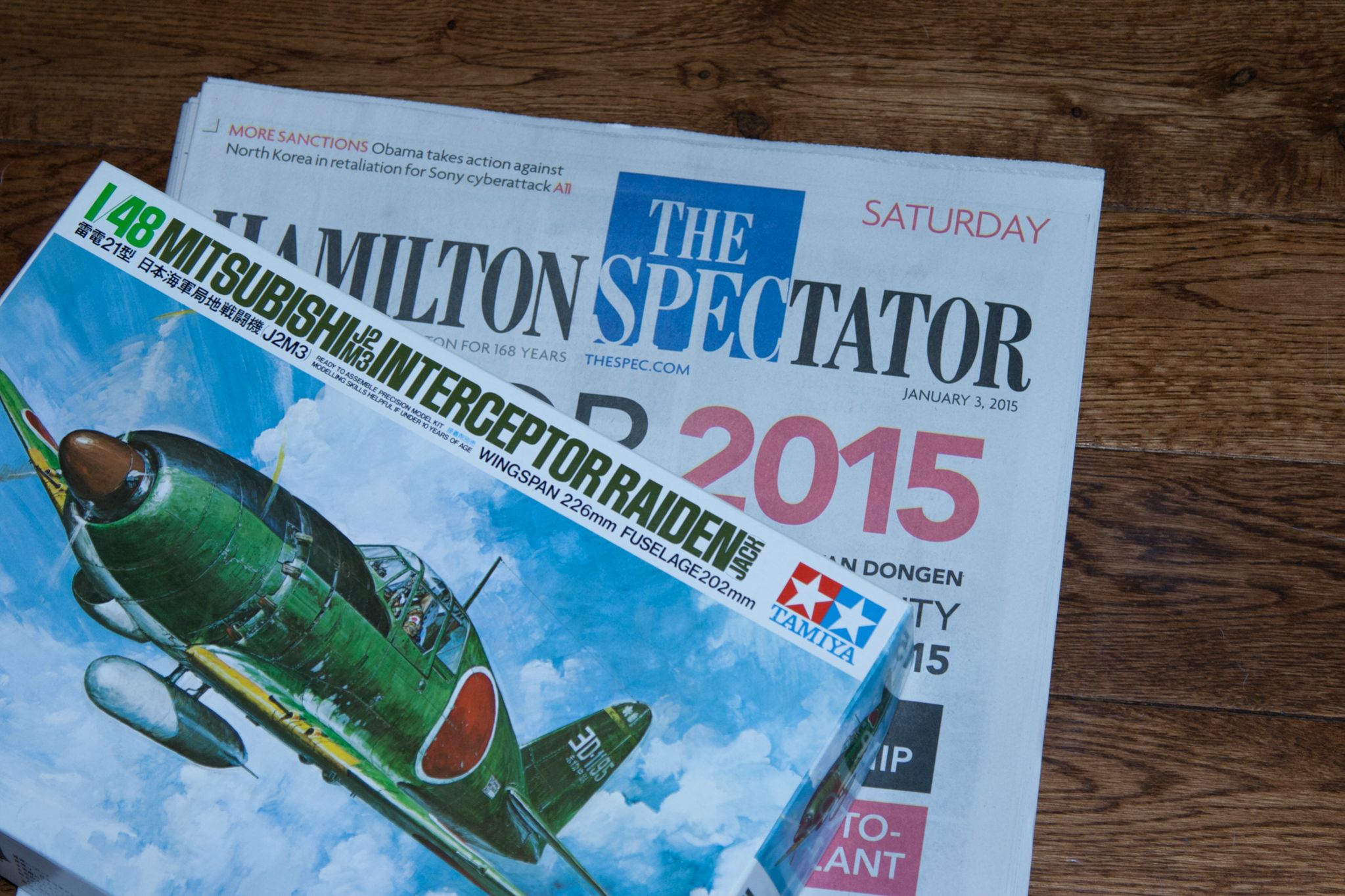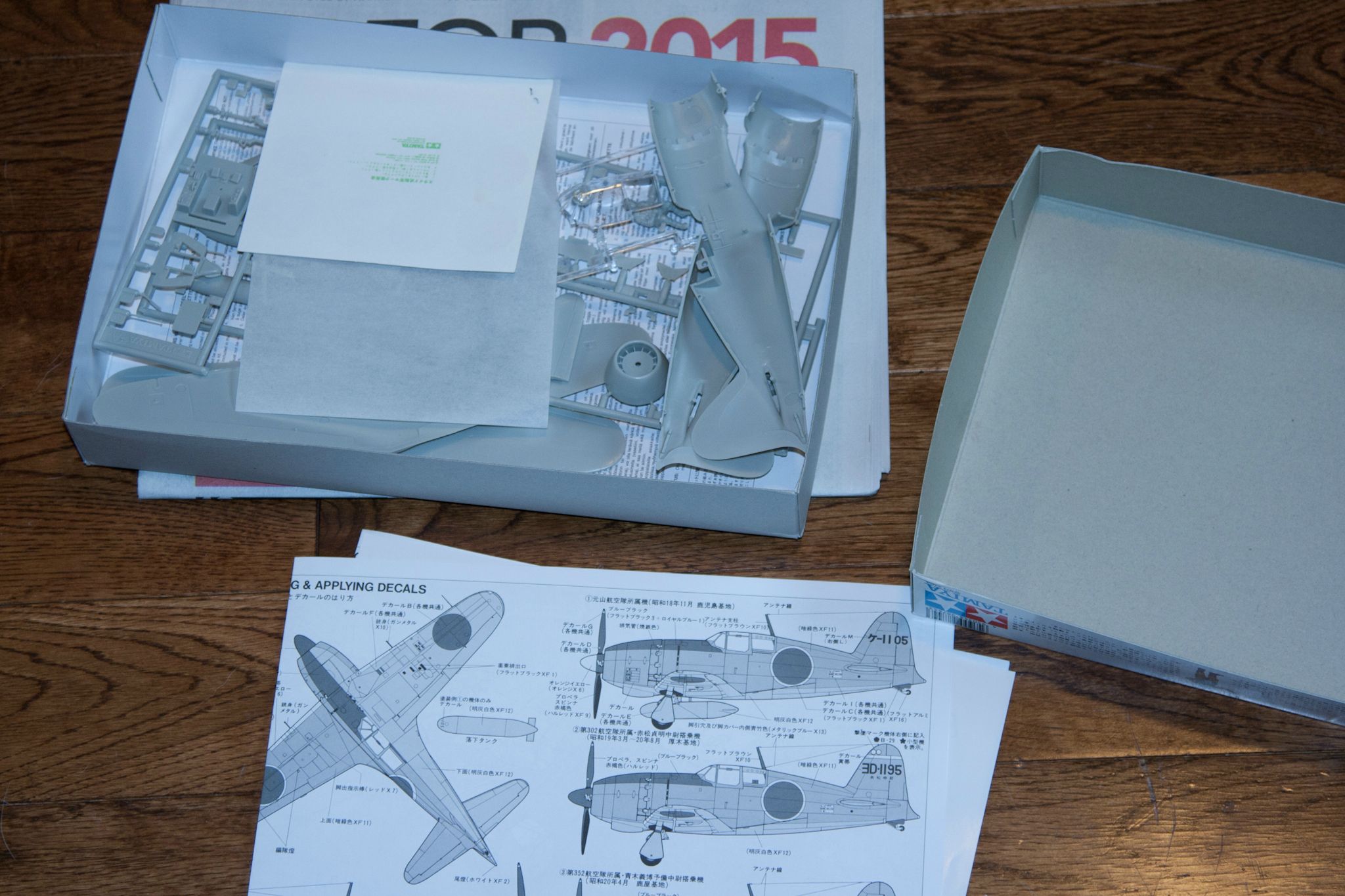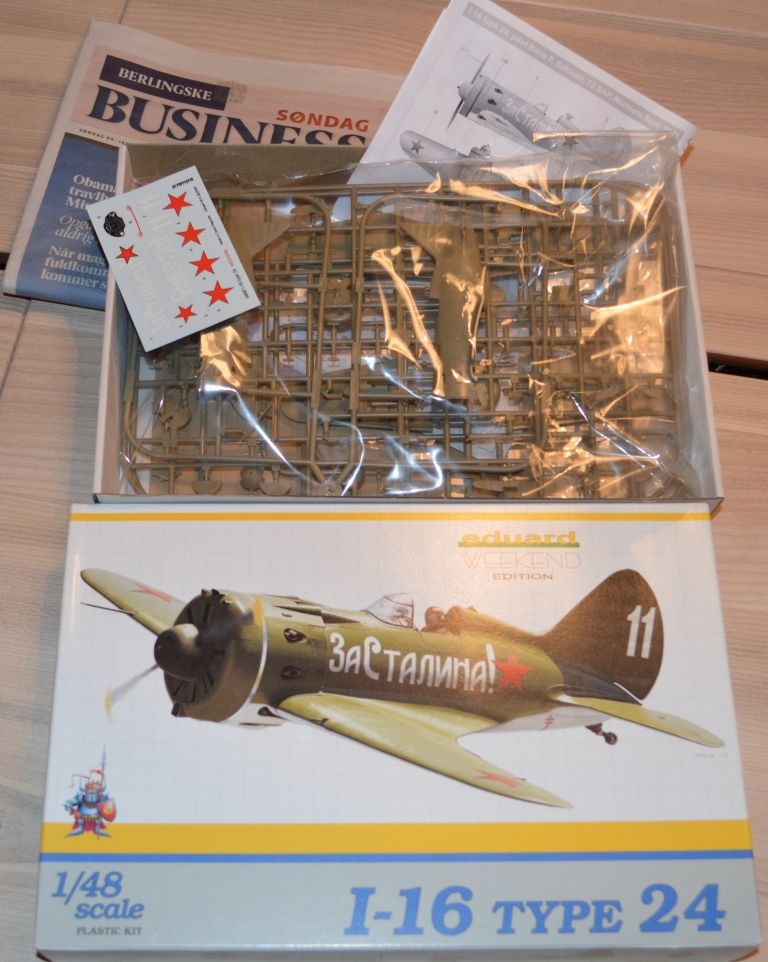Time for the write-up on the Falco. From the Wikipedia entry:
"The Reggiane Re.2000 was designed by Roberto Longhi and Antonio Alessio in 1938. They took inspiration from the contemporary Seversky P-35 which it superficially resembled.[4] The Re.2000 was the first aircraft designed by Reggiane that employed aluminum stressed skin rather than the wooden or mixed wood and metal structures normally used in contemporary Italian aircraft such as the Savoia-Marchetti SM.79 built by Reggiane under license. Reggiane introduced several advanced features: a modern structure, well more advanced than the ones used in Macchi's and other Italian fighters of the time; an elliptical wing, with five spars and integral fuel tanks. Reggiane Re.2000 had no fuselage tanks, but nevertheless, with the entire wing volume devoted to fuel, it had up to 460 kg (640 lt) gasoline, with a 900 1,100 km endurance, far better than Macchis and Fiats. The armament was still two 12.7 mm Breda's (300 rounds each), plus the provision for bomblet-dispensers (spezzoniera).
The Re.2000 prototype's first flight was on 24 May 1939 at Reggio Emilia, flown by Mario De Bernardi,.[5] The Re.2000, with 260 kg fuel (the maximum was 460 kg/640 lt, but RA did not needed it) was quite light: 2,059 kg empty, 2,529 kg loaded. It reached 518 km/h at 5,250 m and 506 km/h/6,000 m, climbed to 6,000 m in 6,5 min, and had 11,500 m ceiling.[6] During test flights the aircraft gave an excellent performance, and on several occasions, it performed better than other fighters then in production.[2] In mock dogfights, it could successfully fight not only the slower Fiat CR.42 biplane,[7] but even the more modern Macchi C.200 and the German Bf 109E.
The Re.2000GA (Grande Autonomia) version, added extra 340 liters fuel tanks. This version should have been used to reach Eastern Africa, but it wasn't ready before the Italian defeat; the only fighter sent to reinforce Regia Aeronautica units were 51 C.R.42s disassembled and transported by the large Savoia-Marchetti SM.82s. Re.2000GAs were heavier and significantly slower than the standard production Re.2000s. At an empty weight was 2,190 kg compared to the Re.2000's 2,080 kg, maximum speed was 520 km/h at 5,300 m. Armament was two 12.7 mm SAFAT with 600 rounds, and provisions for a Nardi dispenser with 88 2 kg bomblets (a typical 'special armament' for Re.2000s). The Re.2000GA was never really reliable (even for Re.2000 standards), especially its troublesome engine."
Interestingly the British government had interest in the Re.2000 and placed an order for 300. In January 1940 the RAF order was confirmed, but the Germans withdrew approval in April 1940; the order was cancelled in June when Italy joined the war on the Axis side. Few numbers actually served in the Regia Aeronautica, and the Regia Marina experimented with a carrier based version. However the plane was largely in an experimental role for the Italian armed forces - the last 2 were demolished by the Germans, with a third captured at an air base in Furbara.
With the outbreak of the war Sweden had a difficult time finding a country willing to supply it with aircraft. As such filling the ranks with Italian aircraft was an emergency measure to help ensure Swedish neutrality. The Falco served as the J 20 in Swedish service, and one was lost intercepting a Dornier Do 24. While Swedish pilots appreciated its ability to perform in harsh conditions, its mechanical reliability didn't meet standards. It spent a lot of time in repair and the last remaining ones got scrapped in 1945 with just one being kept for display purposes.
The Falco made its biggest impact serving with the Hungarian air force. Hungary's first ace of the war, Imre Pŕnczél, scored three victories in one sortie in 1942 in one. But reliability in engineering was once again a fatal flaw. From Wikipedia:
"he Re.2000 was much more prone to handling difficulties, especially stalls and spins, as well as reliability issues. All of the 24 Re.2000s had suffered accidents (minor and major) within a month of combat deployment. Landing and takeoff accidents were common on the rudimentary Russian airfields and due to the Re.2000 not having a rugged landing gear, compared to that of the CR.32. After a steel plate was added behind the cockpit to protect pilots, the shift in the aircraft's center of gravity led to more frequent accidents. In a much publicized accident, István Horthy (the son of the Hungarian regent Miklós Horthy), serving as a fighter pilot with the Hungarian Second Army died flying a Re.2000 V-421 with 1/III Fighter Squadron on 20 August 1943, on his 25th operational sortie. After a pilot flying above asked Horthy to increase height, he pulled up rapidly, stalled and crashed."
The Falco is overshadowed firstly on account of being an Italian fighter, and a minor one at that. Since it never served in large numbers with its home country, it never gained the notoriety of the MC 205 Folgore and others. Mechanical reliability was its Achilles' Heel, though it was popular with Swedish pilots.
An Re.2000 in Swedish markings:
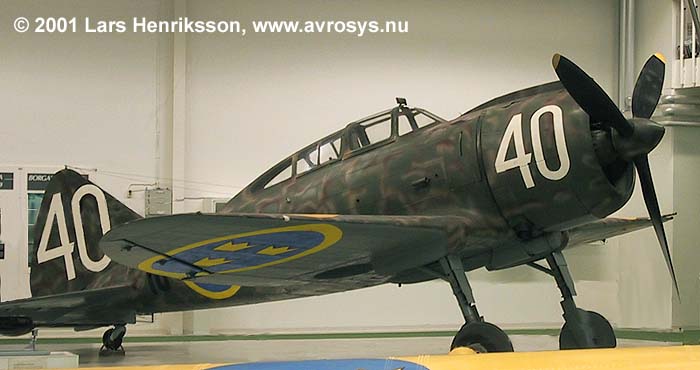
A demolished Hungarian Falco:







